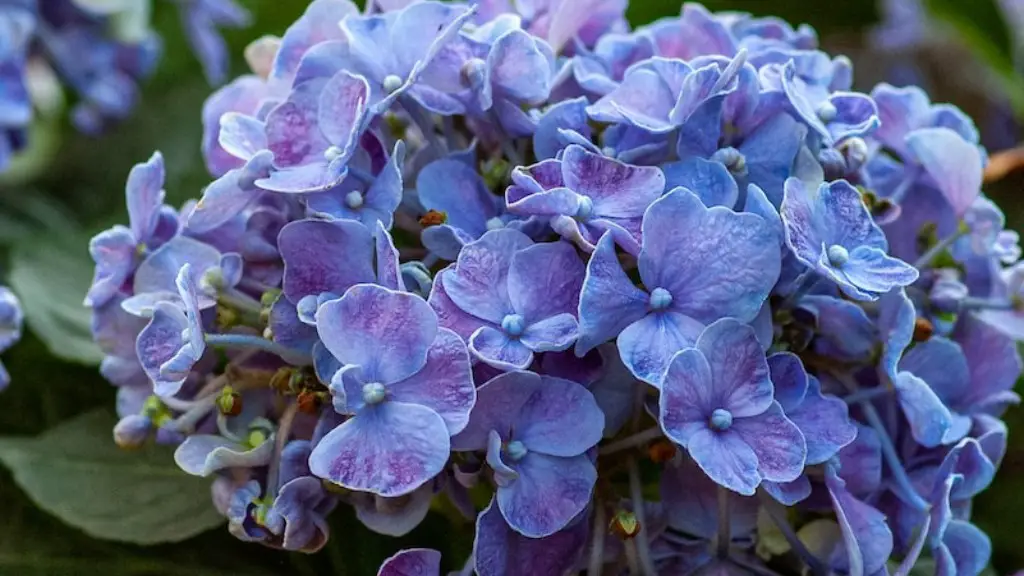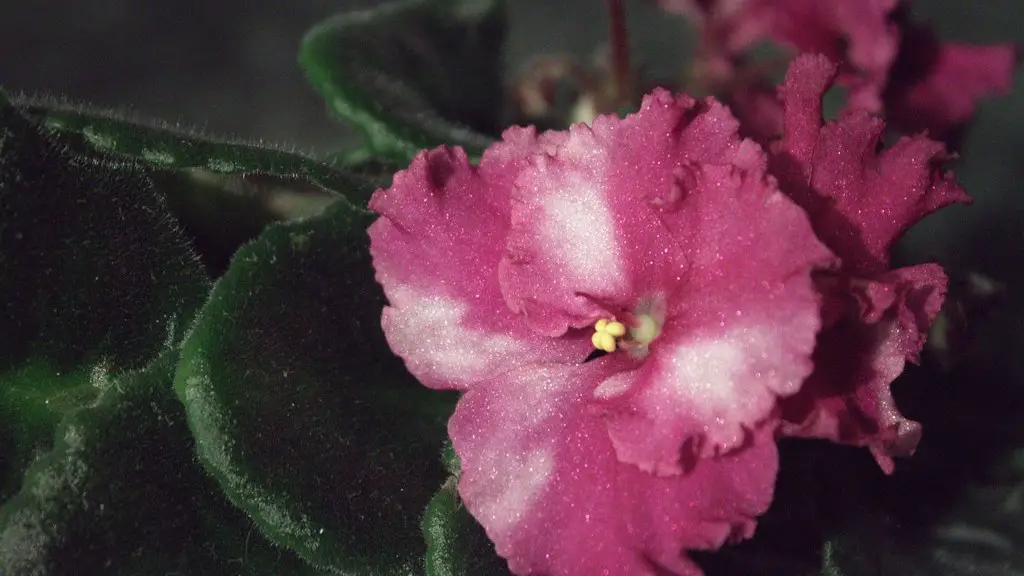A trailer African violet is a type of African violet (Saintpaulia) that has been hybridized to produce a plant that is smaller than the average African violet. These plants are often used as houseplants or as trailer plants in hanging baskets.
A trailer is a plant that has leaves that spread out horizontally, rather than growing erect. African violets are a type of trailer.
How do I know if my African violet is a trailer?
Trailers are plants that have a tendency to grow horizontally rather than vertically. Some trailers produce clumping or upright growth habits, while others have long internodes and are more vining, with a sprawling growth habit. In order for a trailer to be a show plant, it must be a single plant with no less than three crowns. Trailers are judged on form, not symmetry.
Trailing African violets come in a variety of sizes, from micro-miniature to semi-miniature. The size of the leaves varies from less than 1/2 an inch to 2 inches. The size of the plant depends on the variety, but all trailing African violets are known for their long, cascading stems.
How do you care for a trailing African violet
When watering your Trailing African Violet, be sure to use room temperature water. You’ll know it’s time to water when the top inch of soil feels dry to the touch. Add enough water to trickle through the drainage hole, and then allow the pot to drain freely. Discard any water remaining in the saucer, and never allow the pot to stand in water.
There are over 16,000 cultivars of African violets, so there are plenty of varieties to choose from. Some of these varieties look quite similar, so it can be difficult to decide which one to choose. Here are a few tips to help you choose the right African violet for you:
– Consider the size of the plant. Some African violets are very small, while others can get quite large. Choose a size that will fit well in the space you have available.
– Consider the color of the flowers. African violets come in a wide range of colors, so you can choose one that matches your décor or goes well with your other plants.
– Consider the care requirements. Some African violets are very easy to care for, while others can be a bit more high-maintenance. Choose a variety that you feel confident you can care for properly.
What are the best pots for trailing African violets?
When it comes to African violets, self-watering ceramic or plastic pots are the way to go. They’re small (usually no more than 4 to 5 inches), which is perfect for these plants, and they provide the proper amount of continuous moisture while also allowing for adequate drainage.
African violets can live a long time, as long as 50 years! To get them there, you need to provide good care which includes repotting African violets. The trick is knowing when to repot an African violet and what soil and container size to use.
How many times a year do African violets bloom?
African violets are beautiful flowers that bloom nearly year-round. If you provide the correct conditions, they can bloom 10-12 months each year! Each bloom lasts for about 2-3 weeks, so you can enjoy their beauty for a long time.
Most African violets need indirect sunlight, as the direct sunlight can burn the leaves. To make sure they are getting enough light, choose a north- or east- facing window, and keep the plants away from cold glass. Rotate the pot once a week so all leaves will have a chance to be in the light.
Do African violets like big or small pots
When African violets are pot-bound, they will bloom more profusely. So, it is best to choose a pot that is on the smaller side. If you have a standard African violet plant, your starter pot should be about 3-4 inches in diameter.
Leaf brushing can be detrimental to african violets, as it can break off leaves and damage the plant’s delicate surface. Over time, this can decrease the plant’s quality and size. If you must brush a leaf, do so gently and with a soft, dry cloth.
How often do African violets like to be watered?
One way to make sure your African violets are never over watered is by setting up a wicking system. With this system, water is wicked up from a reservoir into the soil of the plant, ensuring that the plant always has a constant supply of moisture.
If you have success getting your African Violet to bloom, be sure to pinch or deadhead spent blooms. This allows the plant to continue to put energy into creating more buds/blooms and beautiful foliage.
Do African violets multiply
African violets and rex begonias are both easy to propagate from leaf cuttings. Use whole leaves or even just a part of a leaf to propagate either of these plants. Keep in mind that a detached leaf will wilt quickly, so have your pot of soil ready before you take the cutting.
African violets are beautiful flowers that come in many different colors. The petals can be either single or multi-colored, and the plants can be either male or female. Sports are popular among African violet enthusiasts because they provide a wide range of colors and patterns to choose from.
Where is the best place to put an African violet?
African violets make great indoor plants in North America because their leaves need to stay dry. For the best color and blooms, grow them in bright, indirect light. An ideal location for a plant stand would be three feet away from a west- or south-facing window.
To keep your African Violet healthy and blooming, remember to water from the bottom so the roots can soak up the water. Watering for around an hour will help to keep water out of the plant’s crown, which can cause problems. African Violets like warmer water, around 70 degrees.
Final Words
A trailer African violet is a variety of violet that is characterized by its smaller size. This type of violet typically blooms during the spring and summer months and is a popular choice for indoor gardens.
A tralior african violet is a type of perennial flowering plant that is native to Africa. It is a member of the genus Saintpaulia and is known for its beautiful, violet-colored flowers. These flowers typically bloom in the spring and summer months and can add a touch of beauty to any home or garden.





